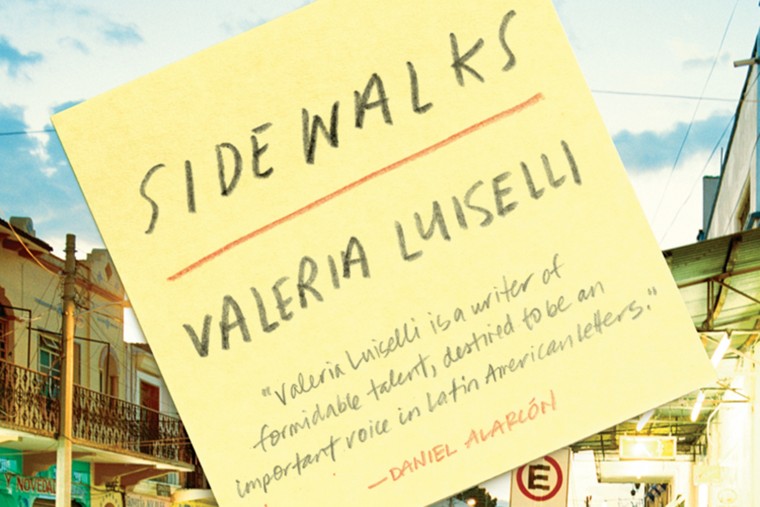
Review
How to Make Paper When the World is Ending
by Dallas Woodburn
Koehler BooksISBN: 978-1646637034
Review by Keith J. Powell
In her new collection of short stories, How to Make Paper When the World is Ending, author Dallas Woodburn pairs intimate stories with clever structures to explore grief, ghosts, and how to make do with the pieces still available to us.
Woodburn’s characters are all struggling with loss in one form or another. For some, that loss is fresh. For others, it’s a dull ache that refuses to resolve. Some are prepared to take action, others are nowhere near ready to turn the corner. For example, in the title story, a woman struggles to build a new and satisfying life from the scraps of the old after her world is quite literally washed away in a tsunami.
This is in contrast to “Goosepimples,” in which a father labors to put his scandal-stained life behind him, wrestling with the notion that exoneration is not the same thing as innocence. In both stories, the reader understands there is no going back, but do the characters? That tension keeps the reader engaged and prevents the stories from feeling repetitive. Yes, everyone’s mourning, but no two characters are mourning in quite the same way.
It’s not just the characters that keep the collection feeling fresh. It’s Woodburn’s clever craft work as well. In addition to being a writer, she’s also a book coach, and it shows here. This is a truly writerly collection, and it’s hard not to appreciate the careful construction at work. In the opening tale, “Story to Tell Around a Campfire,” a narrator uses storytelling itself as a device to explore the thin line between sinister and sweet. In “How to Make Spinach-Artichoke Lasagna Three Weeks After Your Best Friend’s Funeral,” cooking instructions provide an unexpected but effective frame for processing the loss of a loved one. Creative narrative structures such as these, pepper the collection.
If How to Make Paper When the World is Ending sounds gimmicky or cold, it’s not. Far from it, in fact. Woodburn’s creative scaffoldings are the perfect vehicles for characters and stories that might otherwise feel messy or incomplete. There is thoughtful heart on every page, and because of that, I can easily see writing instructors using How to Make Paper in craft workshops in years to come.
About the Author
Keith J. Powell writes fiction, CNF, reviews, and plays. He is the managing editor of Your Impossible Voice and occasionally tweets @KeithJ_Powell.



